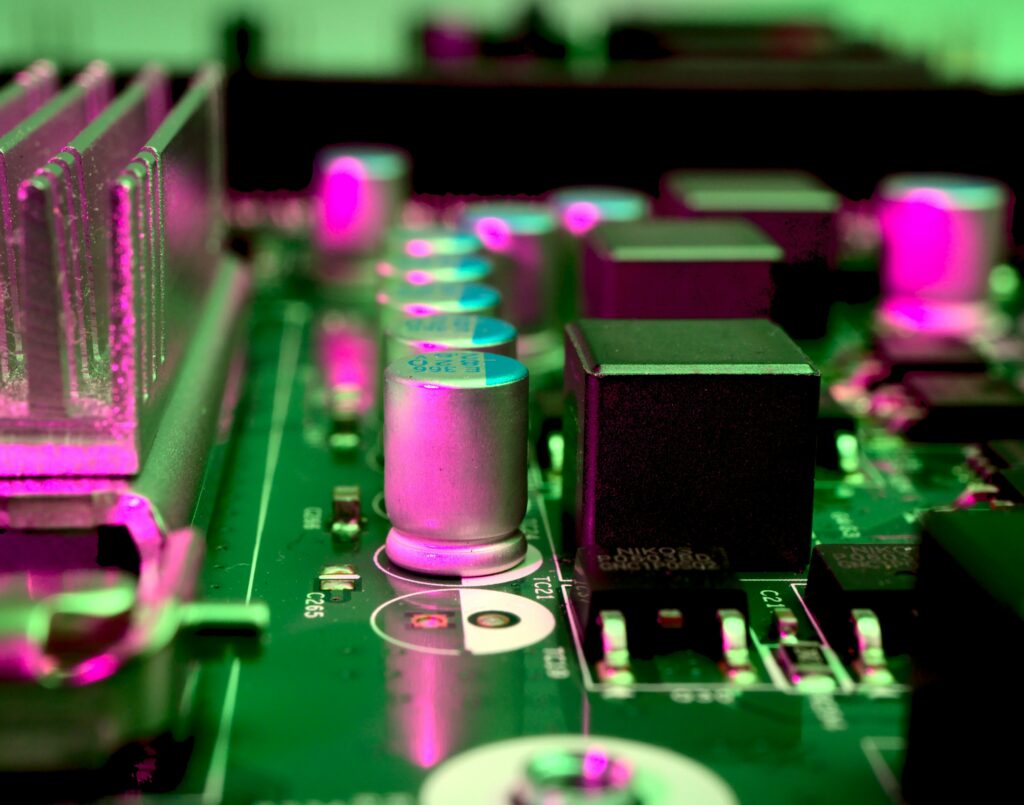The Coming Shift: How AI Will Redefine Web Design and UX

Imagine a world where the way we interact with the web is about to change dramatically. A world where AI becomes the engine behind every button we click, every page we visit, and every experience we have online. For decades, we’ve designed interfaces for people to use technology; now, technology is learning to design itself around us.
We’ve been here before. In the early days of computing, we interacted with machines through command-line interfaces, typing out DOS commands and hoping for the correct result. Then came the graphical user interface, and computers became accessible to everyone. We’re standing on the edge of a similar leap forward, but AI will redefine how we experience the web this time.
The Story
Let me introduce you to Sarah, a ten-year UX designer who has worked on everything from mobile apps to complex enterprise software. She’s mastered user flows, wireframes, and high-fidelity prototypes. Lately, however, she’s noticed something different: AI is popping up in her tools and processes.
At first, it was subtle. AI-assisted design tools offered suggestions for layouts or helped her identify patterns in user behavior. But now, AI isn’t just a tool; it’s becoming a collaborator—predicting user needs, optimizing experiences in real-time, and generating whole designs based on user data.
For Sarah, this presents both a challenge and an opportunity. She wonders, “Will AI replace my role as a designer?” But the reality is more nuanced. While AI is going to change what and how she designs, her core skills as a UX designer—empathy, creativity, and understanding of human behavior—will become more valuable than ever.
The Problem
However, the problem with today’s AI is that it feels like we’re back in the command-line days. Much of AI technology is still in its early stages, built on systems that rely on user input and manual prompts. It still needs to match the seamless, intuitive experience we expect from the web.
A design solution needs to be added. Somewhere out there, a designer or team of designers will crack the code on how to make AI the invisible engine that drives a real-time, adaptive web interface. When that happens, AI won’t just assist designers; it will *elevate* the entire user experience by learning, adapting, and responding in ways that current interfaces simply can’t.
The Plan
So, how do we prepare for this shift? As UX designers, we must evolve our approach. We’ll still need to understand user behavior, workflows, and needs, but we’ll also need to collaborate with AI to create more dynamic, personalized, and predictive experiences. This shift will change the role of the designer from crafting static flows to designing systems that evolve in real-time, adapting to users’ needs moment by moment.
Workshops will look different, too. Imagine incorporating AI into the product discovery process to analyze data, predict trends, and even generate early-stage prototypes. This integration can help us reach product fit faster, but we’ll still need to guide the process with our insights, instincts, and deep understanding of the user.
The Transformation
As Sarah continues her journey, she realizes that AI isn’t a threat to her career. Instead, it’s an opportunity to reimagine what UX design can be. She’ll no longer create interfaces that users interact with; she’ll be building systems that react to users in real time, driven by AI. Her role will shift from creating static designs to crafting dynamic experiences where technology continuously adapts and improves the user journey.
This transformation won’t happen overnight. Just as it took time to move from DOS to Windows, it will take time for AI to integrate seamlessly into the web. But once it does, we’ll wonder how we ever designed without it.
The Resolution
For Sarah, the future is no longer something to fear but something to embrace. The skills she’s honed over the years—understanding human behavior, problem-solving, creativity—are still her most powerful tools. AI is simply the engine that will allow her to design faster, brighter, and with more empathy for the user than ever before.
As designers, our value lies not in the tools we use but in our ability to connect with users, anticipate their needs, and create experiences that make their lives better. AI is going to change how we do that, but it won’t change why we do it.
The future of web design is dynamic, adaptive, and powered by AI. The question is: are you ready to design it?
If you’re interested in how AI will shape the future of UX and web design, let’s connect. I’m always eager to discuss leveraging emerging technology to create better, faster, and more impactful user experiences.
Related Posts
Categories
Recent Posts
- The Coming Shift: How AI Will Redefine Web Design and UX
- Embracing Fluidity in UX: Be Like Water
- The Power of UX in Accelerating Decision-Making: Learning Fast, Deciding Faster
- The Misguided Pursuit of Statistical Significance in Qualitative Research
- Leveraging Silicon Valley Product Group’s Product Operating Model in UX Design at UX Sprint Lab
